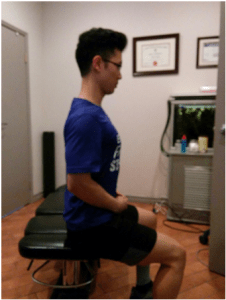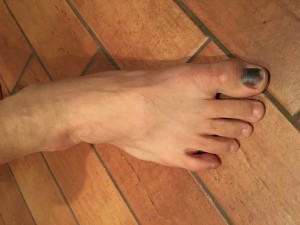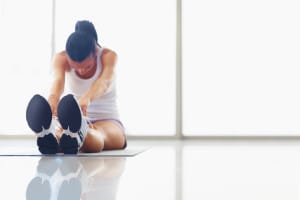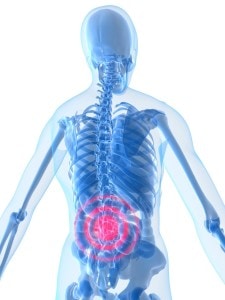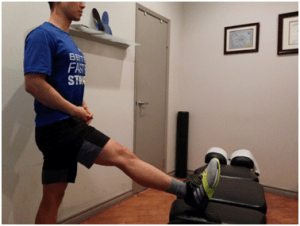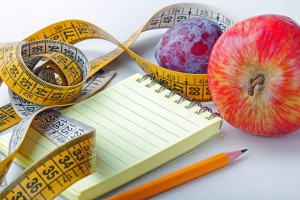
Delicious food may be tempting over the holiday season, but do try your best not to binge over meals. There are no miracle pills nor quick-fix solutions for weight loss. A successful weight loss plan requires acceptance, willingness, patience and dedication. You want a weight loss strategy that is sustainable over the long-run. The truth is, you cannot out-exercise a poor diet. Your food and nutrition choices are the key factors toward building a healthy body and a slim waistline. Follow these 5 tips to help you jump-start your weight loss journey:
TIP #1: Begin each meal with a glass of water and aim to eat until you are 80% full. Don’t worry, you’ll have another chance to eat at your next meal.
TIP #2: Make it a routine to exercise at least 30 minutes, 3-5 times a week, with moderate intensity (enough to break a sweat). We often treat exercise as a burden, but it shouldn’t have to be that way. You are making the best investment of a lifetime, which is your health.
TIP #3: Track your calorie in’s and out’s with a convenient smartphone app such as MyFitnessPal, Lose-It, or Lifesum. Knowing what you are consuming and expending will let you know how healthy your food budget is. It will also help you make the adjustments you’ll need to reach your fitness goals.
TIP #4: Eat less C.R.A.P.: Carbonated beverages, Refined sugars, Artificial additives/sweeteners, Processed foods.
TIP #5: Eat more F.O.O.D.: Fresh vegetables & fruits, Organic proteins, Omega-3 fatty acids, Drink more water.
Always consult with your primary care provider before taking anything that could potentially affect your health. Book an appointment with a Naturopathic Doctor to begin your weight-loss journey and learn how to stay fit for life. Stay connected for upcoming health talks about healthy weight loss and becoming the best version of yourself.
